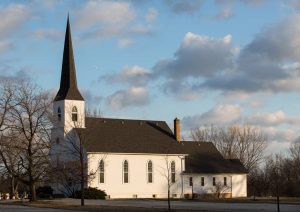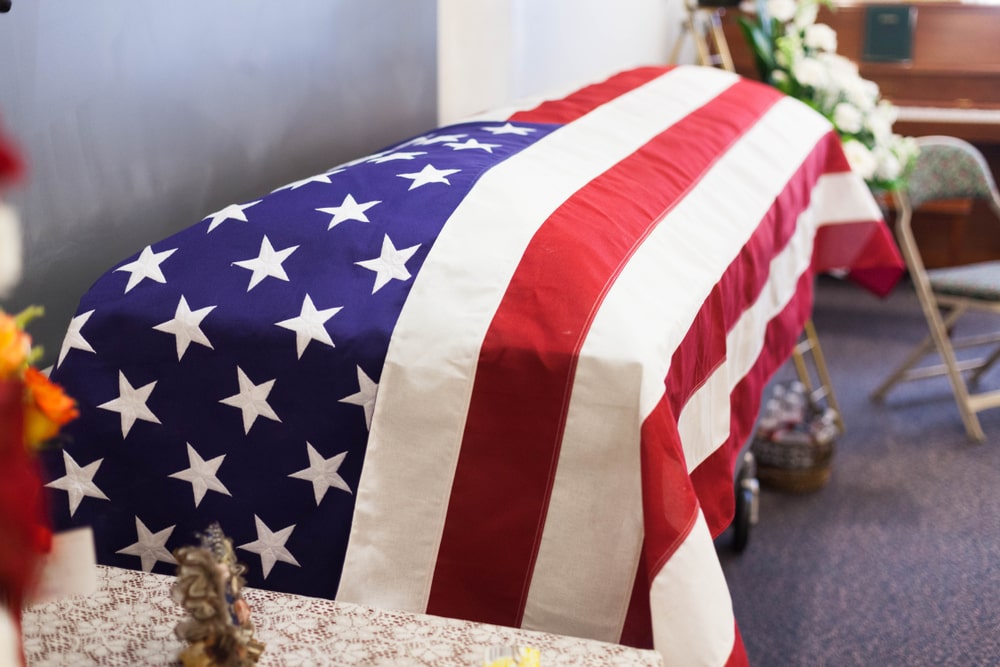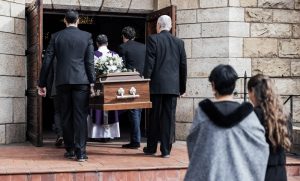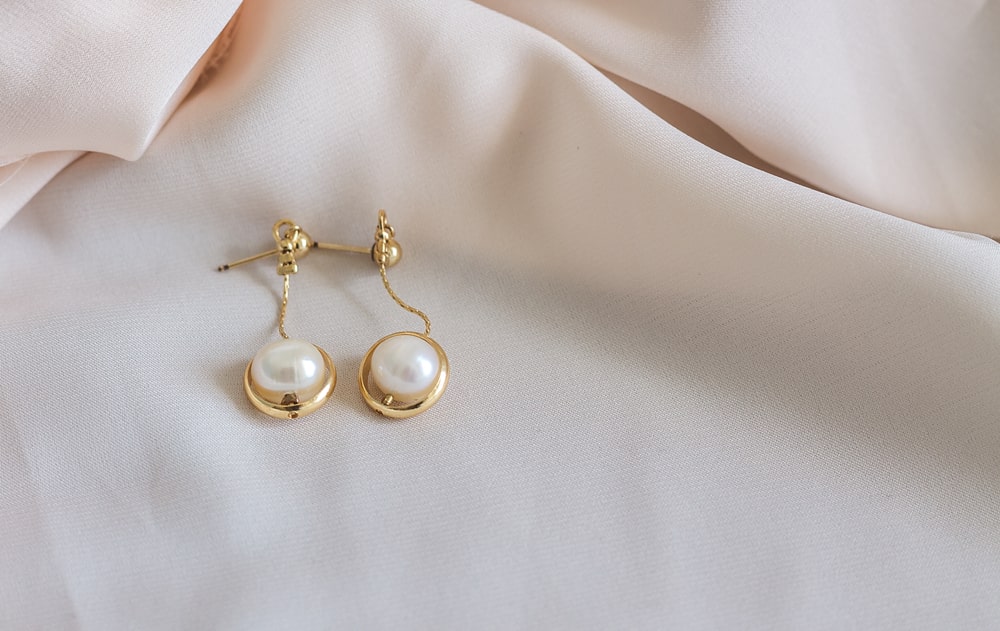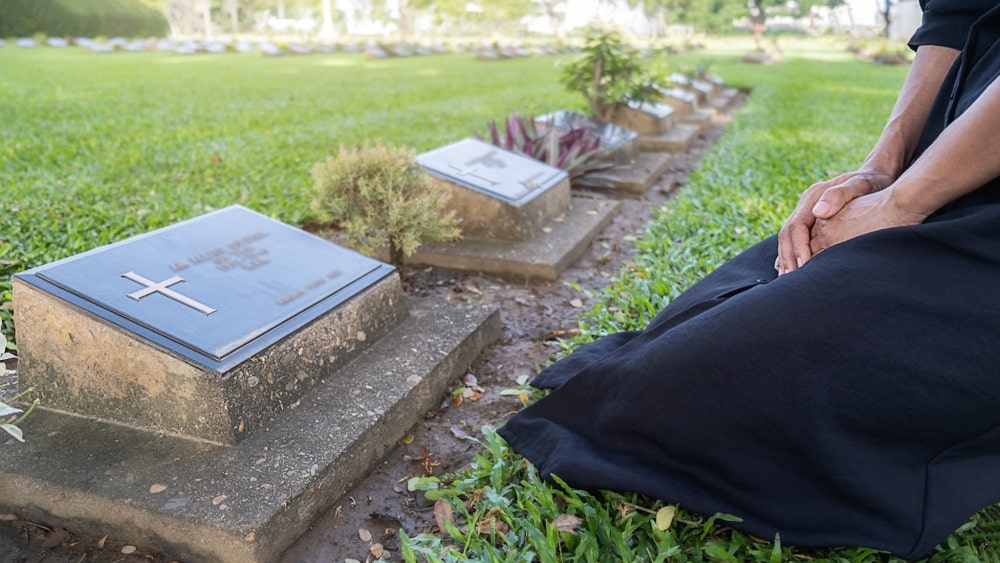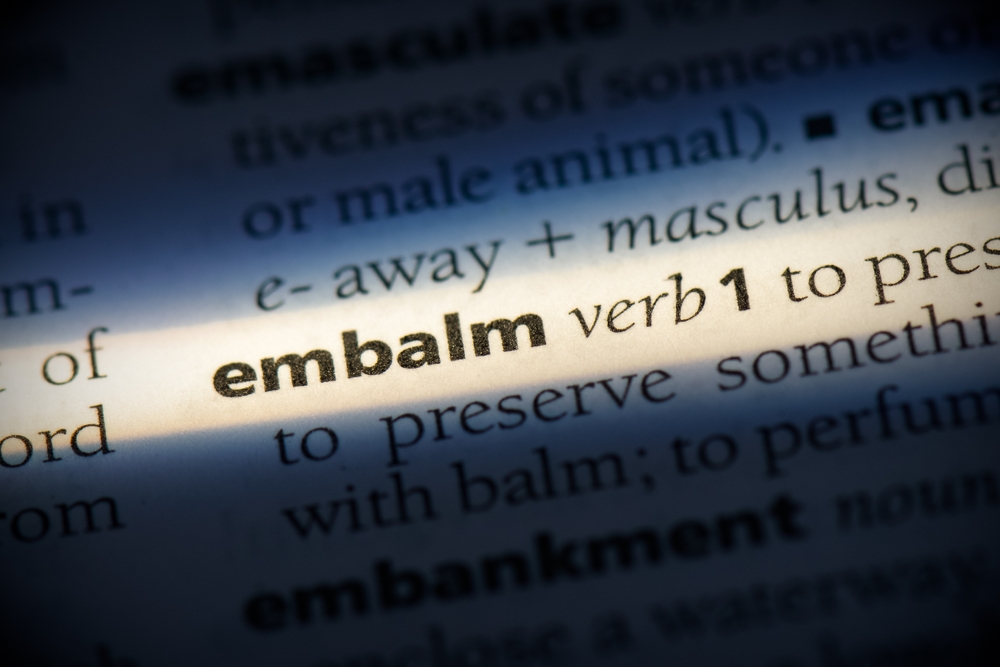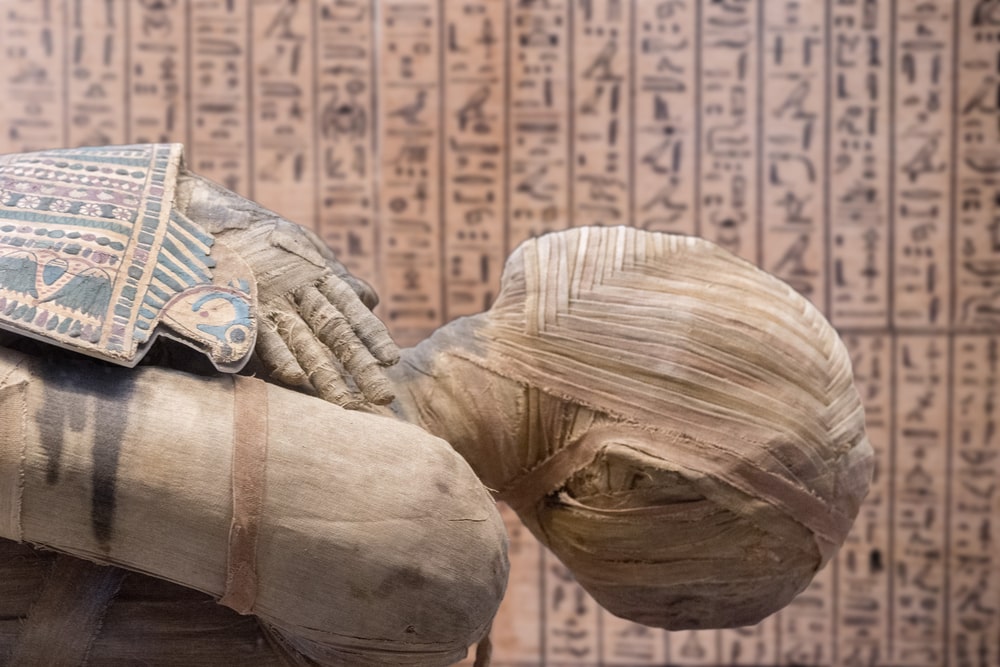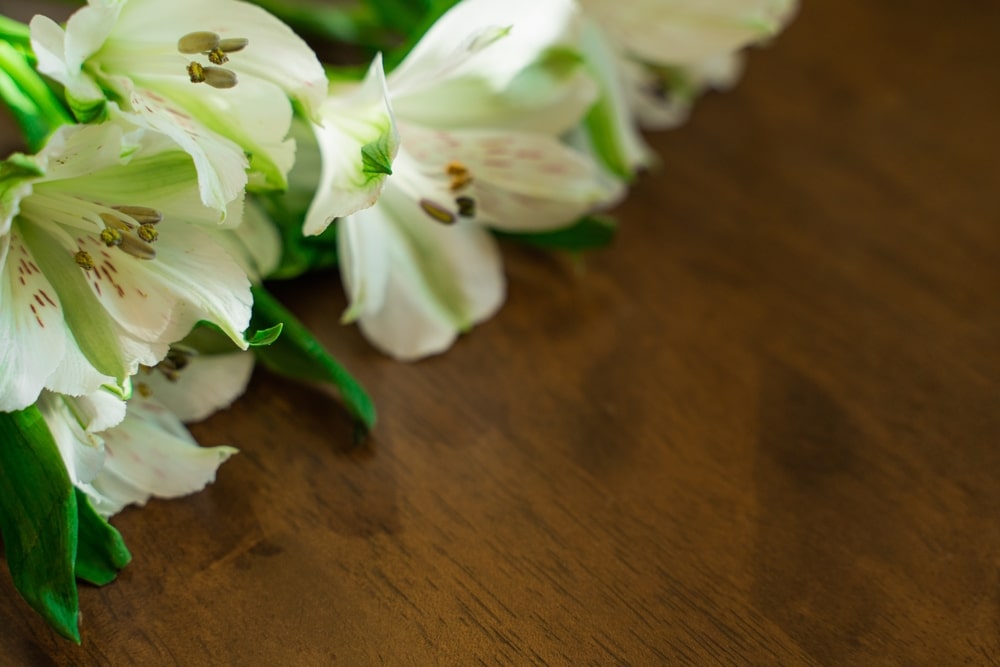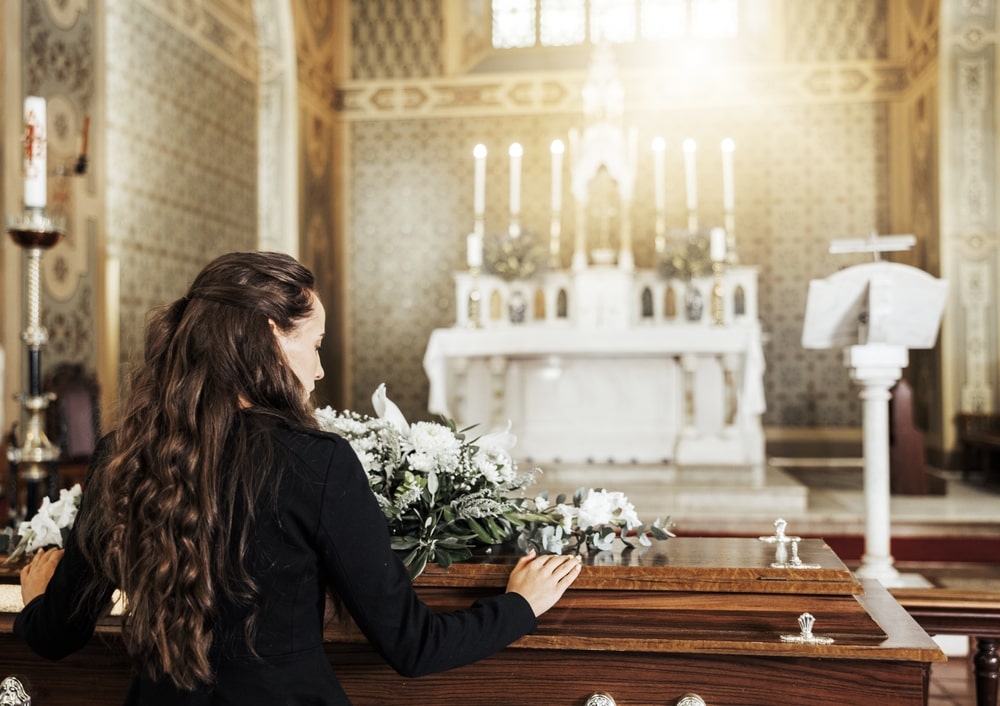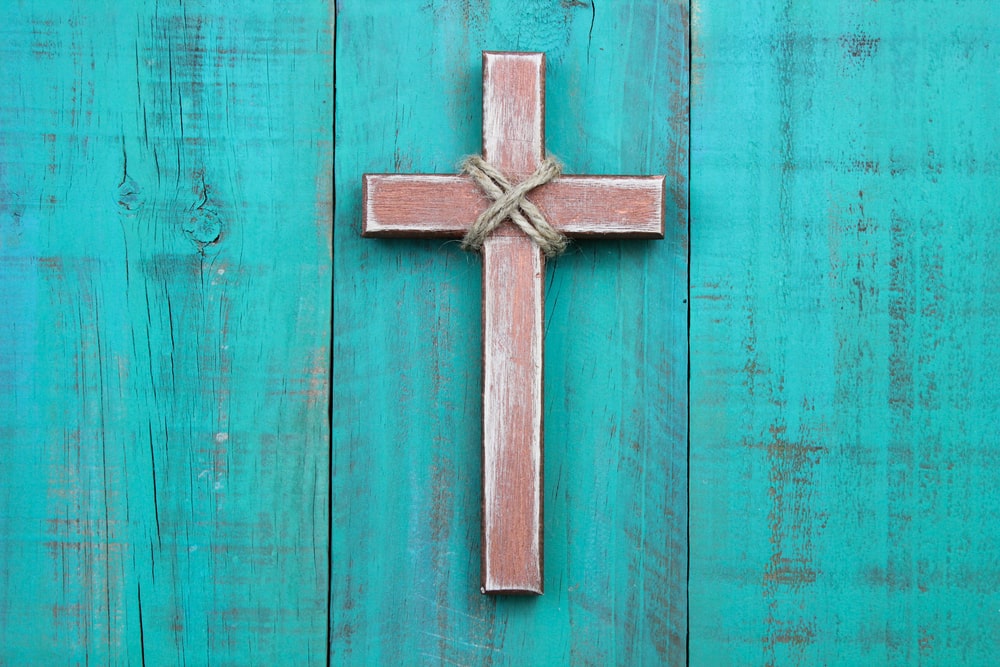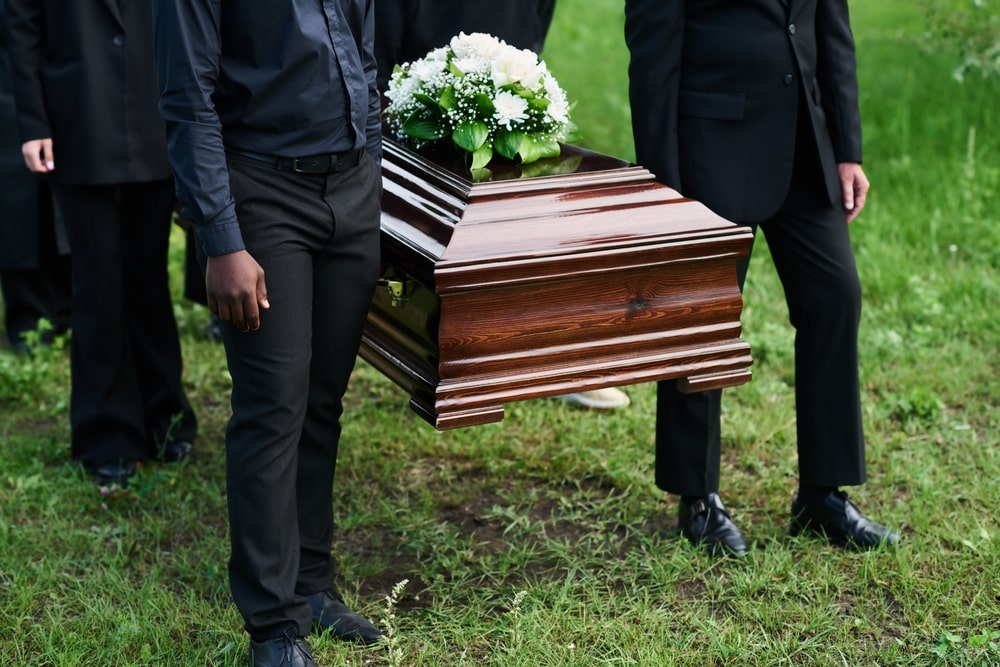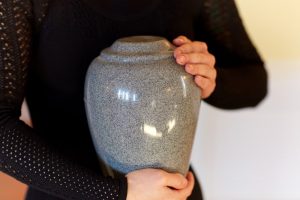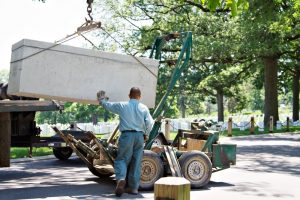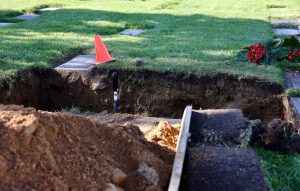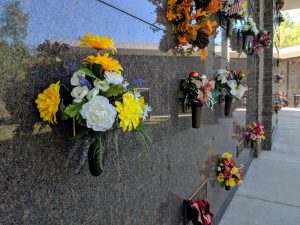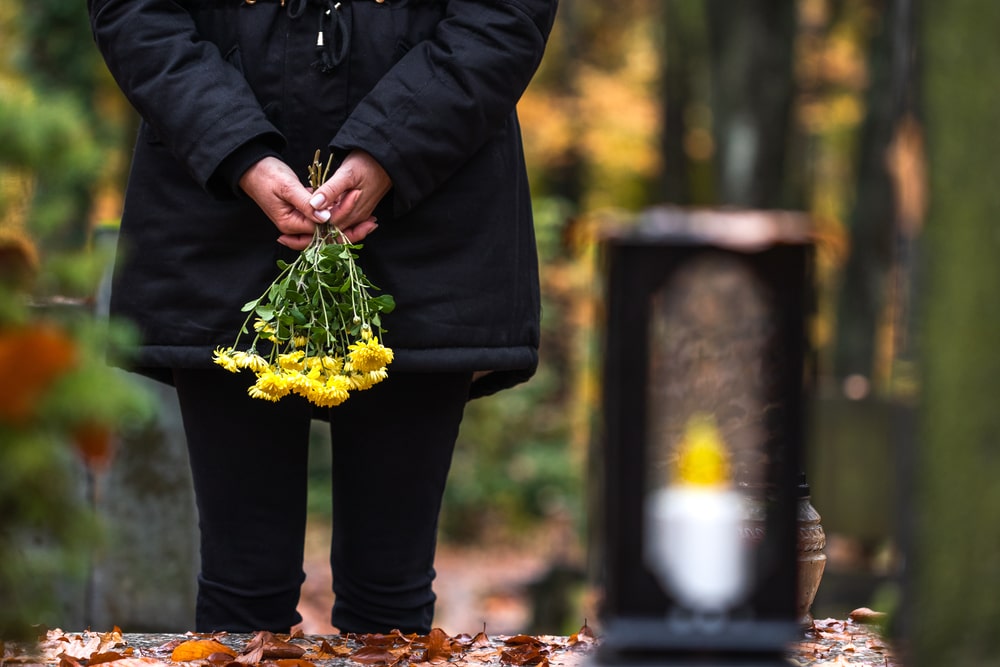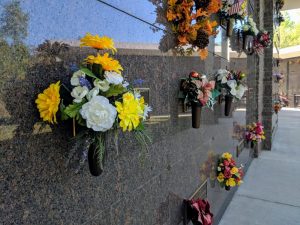
The funeral is a time to truly honor and remember a loved one’s life, but how can you personalize the service to reflect that special person’s personality, preferences, interests, and uniqueness?
You can choose music uniquely suited to your loved one’s interests. You could include readings or symbols or healing actions that are meaningful and tailored to your lost loved one’s preferences. Another way you can personalize the funeral is by choosing a location for the service that fits who they were as a person. Let’s discuss the possibilities.
First, Why Does Personalization Matter?
Dr. Alan Wolfelt, a nationally respected grief counselor and author, believes that personalizing the funeral is critical to honoring a loved one’s life and finding healing after loss. He says:
“I encourage you to slow down, take a deep breath and focus on what is really important—what is essential—about the funeral you are planning. What is essential is the life that was lived and the impact that life had on family and friends. To honor that unique life, the funeral must also be unique. Over and over, families tell me that the best funerals are those that are personalized.”
In a world focused on efficiency and getting things done as quickly as possible, the funeral is a moment to slow down and be thoughtful. When we do things too quickly, they can sometimes feel impersonal and hollow. That’s why personalization is key!
A personalized service beautifully and lovingly honors life. It creates a sweet moment of remembrance, a time to say goodbye, a unique acknowledgement that a person’s life mattered in all the big and small ways.
How to Personalize the Location of a Funeral
Depending on what events you decide to include, you have many options for choosing a unique location. If you have a service, a visitation, and a gathering, you could choose separate places for each. For example, the visitation could take place at the funeral home, the service at your local church, and the gathering at your loved one’s Rotary Club, favorite restaurant, or wherever you wish.
The point of choosing a specific location is to add an extra element of meaningful personalization to the funeral, so it really feels like the best way to honor your loved one’s life.
Here are a few ideas for choosing a personalized location:
1. Choose a convenient place
Sometimes, the easiest and best option is to have the funeral or memorial service at the funeral home itself. Many funeral homes offer beautiful facilities and will let you decorate the room to reflect your loved one’s life. You could include photos, mementoes, cherished possessions, flowers, balloons, whatever seems to appropriately reflect your loved one’s hobbies and interests.
Alternatively, you could choose to host the service in your own or the deceased’s home. While this option is not as popular, it could be convenient for your family and would allow you to have the service in a comfortable environment.
2. Choose a place of worship
For those who are religious, having the service at a place of worship may be the best location for your loved one. Your funeral director will help you coordinate with a local church, synagogue, mosque, or other place of worship. And if it’s allowed, you could also add special touches to that location that will reflect your loved one’s unique life.
3. Choose a place related to their interests
Another option is to select a place that has special meaning to your loved one. If they coached little league, perhaps you could hold part of the ceremony at the local baseball diamond. If they were part of a gardening club, you might be able to host the ceremony at the rose garden. For those who loved the beach, ask friends and family to come to a memorial service at sunset. Again, chat with your funeral director about the options. The funeral home staff will do everything they legally can to make your wishes become reality.
4. Choose a place related to their professional career
For those deeply dedicated to their career or field of study, you could select a location that is significant to their achievements. For example, you could choose to bury a veteran in a national cemetery and have the service there. Or for a mariner, you could opt for a service and burial at sea. For those dedicated to teaching or the medical field, you could possibly hold a ceremony at their university, school, or hospital. While some professional spaces will be off-limits, you never know unless you ask.
No matter what you choose for the location of a funeral, make sure that you add other meaningful touches to the event. These special touches combined will make the service even more touching and healing.
Additional Personalization Resources
If you’d like more information about how to personalize the funeral, give these resources a quick read:



